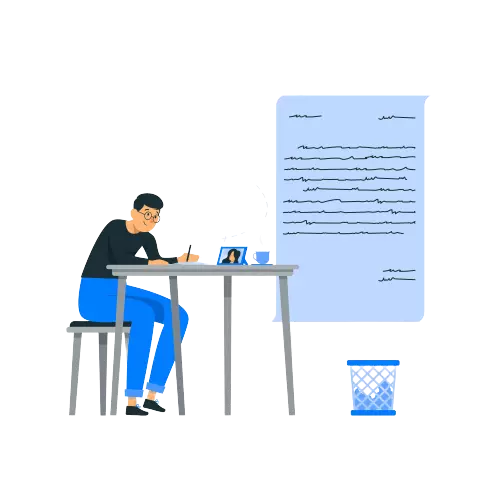Table of Contents
With institutions relying on interconnected networks, cloud storage, and digital communication, universities and research centres must implement robust security measures to protect intellectual property, collaborative efforts, and sensitive data.
As a researcher, here’s what you need to know to protect yourself and your research.
Securing your research (and yourself in the process)
Researchers across disciplines must be aware of potential risks and take steps to mitigate them. Students pursuing an MSc in Data Science learn essential skills in data security and ethical handling of information, preparing them to safeguard sensitive research effectively. VPNs (Virtual Private Networks) can help secure academic research by providing encrypted connections between researchers and institutional networks.
VPNs allow secure access to institutional databases, research materials, and restricted resources without compromising your data.
It’s a great on-campus, off-campus form of protection. Those late-night sessions in your dark home office don’t need to make you any more exposed than those early mornings getting the best seat in the library.
In case you’ve wondered, “Is Surfshark legit?” make sure to do your research before subscribing to a VPN service.
Protecting what you uncover from unknown third parties
Academic research often involves handling sensitive information, ranging from classified findings in engineering to personal data in social sciences.
Property security protocols ensure this information isn’t exposed to cyberattacks. Institutions can invest in encryption technologies, multi-factor authentication, and secure data storage to prevent unauthorised access, alongside baseline staff training via a cybersecurity course.
Researchers should use strong passwords, avoid using public Wi-Fi for research activities, and regularly update their software to patch vulnerabilities.
Hire A Professional Editor
- Expert UK Editor
- Grammar and Punctuation
- Precision and Clarity
- Zero Plagiarism
- Excellent Customer Service

Protect yourself and all those peers your research depends on
Researchers are at their best when they’re researching with friends, peers, and other interested parties.
International partnerships and cross-institutional projects need those secure platforms to lovingly share what they’ve found and discovered. They want to encourage and work with each other without fretting.
They need that security, then. Security risks abound when things are essentially online, especially as external partners may have different security standards.
Online research tools are a researcher’s best friend in many contexts, but none more so than here.
This includes platforms like VPNs, file-sharing solutions, and a domain analyzer to check whether external collaborators’ domains are secure before exchanging sensitive information.
All friends need that special secret password to the treehouse. Never forget, also, that cybersecurity training can help researchers understand how to protect data from unauthorised access and breaches.
Academia Aided by AI
AI is impacting many industries already, and cybersecurity can’t do without it. From detecting anomalies and oddities to spotting that shifty threat on the horizon, AI can get the defences ready and raring to go quicker than a human. Many institutions now rely on advanced AI security software to monitor threats in real time and strengthen protection across research networks.
Machine learning analyses data to recognise potential threats faster than any of us could, even if we’re halfway through drinking that XXL mocha latte with two extra coffee shots that gets us through research Thursday.
While it enhances cybersecurity defences, AI-ification also raises questions of ethics.
Researchers must make sure that AI security measures don’t infringe on privacy rights or create biases in monitoring systems.
It will be important to balance security and ethical responsibility as AI is further integrated in academics.
Cybersecurity in Open Science Initiatives
The push for open science aims to make research more accessible to the public, promote transparency, and share knowledge.
Naturally, of course, opening things up to the public risks misuse, tampering, or misunderstanding. There’s less potential foul if those open-access platforms are secured to allow data sharing to be controlled, consolidating and protecting its integrity. The coming of blockchain tech appears inevitable, and its combo with digital signatures and verification protocols promises much when protecting research.
As an academic, you’re the best person to be ready for it when it comes. There’s nothing worse than losing your best ideas to malicious intruders.
Frequently Asked Questions
Common threats include phishing attacks, malware, ransomware, data leaks, insider threats, and state-sponsored hacking targeting valuable or sensitive research data.





